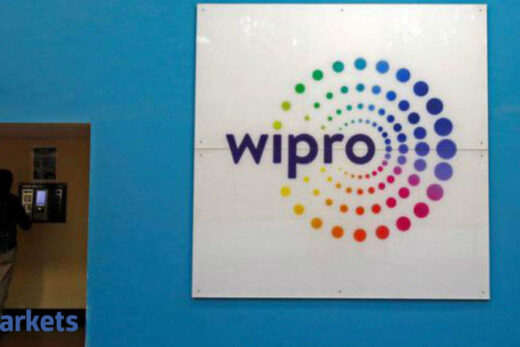According to a Bloomberg report, Indian startups raised nearly $8 billion in July while funding to China fell below $5 billion. Is it a one-month wonder or early signs of things to come? Only time will answer that question.
Nevertheless, it is an important milestone for Indian VC investments. Though the jump in India’s July numbers could be coming from catalysts such as China tech crack-down and Zomato’s bull run, the broader trend in VC-PE investments, too, has seen a sharp uptick in 2021.
Year to date (July end), this number is up by over 50 per cent at $36 billion (see chart below). If the trend continues, for the first time ever, VC-PE investments could be closing near $60 billion this year. That is 2 per cent of GDP. Not to forget, it was less than 1 per cent in 2017, not very long ago.
What is more exciting is, within the VC-PE flows, the share of VC funding has been moving up sharply as can be seen in the chart.
 ETMarkets.com
ETMarkets.comSo far so good. There is something more interesting in terms of what this change in trend could do to the broader economy. That is the topic that is more riveting. All capital flows don’t come in same colours.
Some come for capital appreciation (FPIs come to mind), some come for capex investments (FDIs) and some come for ‘burning’. This last category, where much of VC-PE investments belong, is an interesting one, as it contributes to the growth in the broader economy by boosting spending (burning), unintended though.
A spurt in adventure money has accidentally addressed one of the long-standing demands of India Inc. Let me explain. If you rewind back to March 2020, when the pandemic began, one of the common complaints from the captains of the industry was that India stood out indignantly as a country that came last on the stimulus-stringency index i.e. least government stimulus with the most stringent lockdown; basically they were clamouring for more stimulus to boost spending. Industry bodies also had a number in their heads. They wanted at least 2 per cent of GDP as stimulus. The government turned its deaf ears, not surprisingly.
But someone at the top (not at the government) must have heard the cry. Else, how does one explain the bounty of ‘burn’ capital that came in, that too exactly matching up to what they had asked!
Jokes apart, it is a serious stimulus that is on the way, which can boost demand by fueling spending. Much of the money raised by the startup eco-system goes into technology upgradation, hiring and ad spending. Credit should go to Zomato’s stunning debut and to the chaotic Chinese tech crackdown for this unexpected windfall.
The most exciting part is that it is just the beginning and we may not have even scratched the surface in terms of the potential, given the abundance of tech talent and robust startup eco-system in the country.
It doesn’t stop here. Fundraising from the IPO market is likely to scale a new peak this year. The previous high for the IPO market fundraising was seen in 2017, when Rs 75,000 crore was raised from the primary markets. With over Rs 55,000 crore raised already this year, Calendar 2021 may end on a new high for IPO fund raising. Though the effect stimulus from these IPOs is not much, as most of the primary market action have been in the form of offers for sale (promoters/investor exits), the rub-off effect on QIP (qualified institutional placements), rights issues and other fundraising activities should positively impact the overall investment demand in the economy.
Add to this the prospect of the huge earnings momentum that is set to play out in the coming years on favourably turning macro cycles such as credit, property, export and a turn in the capex cycle, and one can’t help but build a bull case scenario for the economy. Interesting times are ahead to watch out for!
(ArunaGiri N is Founder CEO & Fund Manager at TrustLine Holdings. Views are his own)



